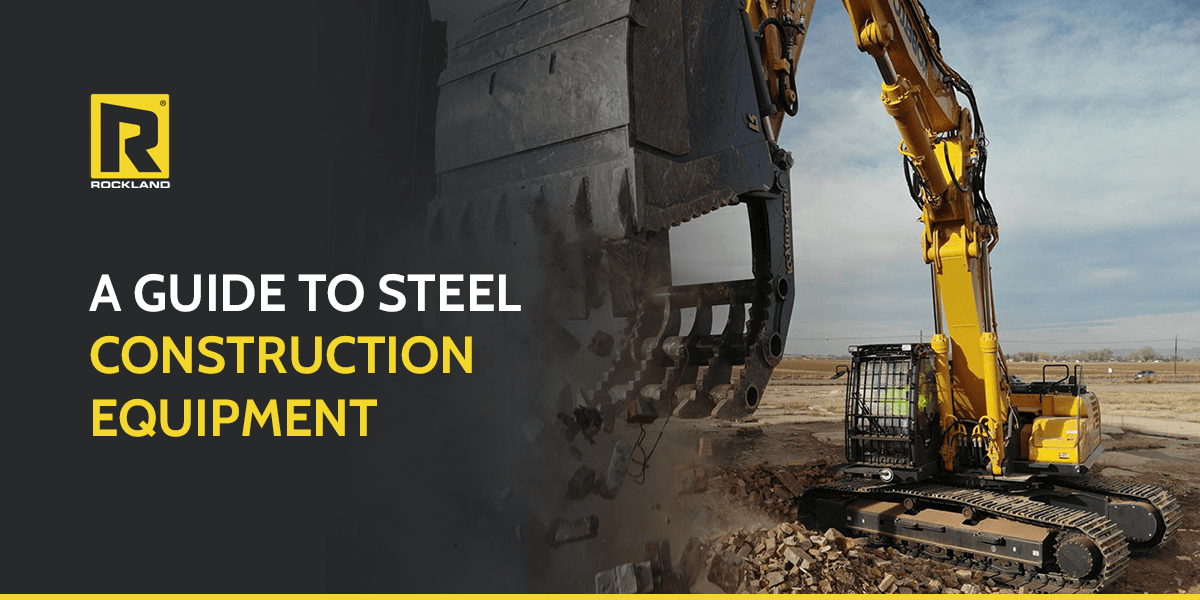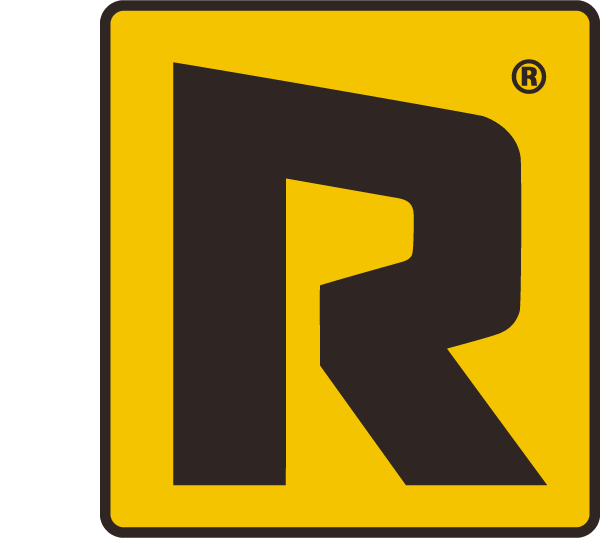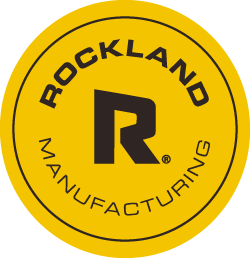
Surprising differences in construction equipment steel
Industry standards employ steel grades to distinguish different types of steel based on its unique properties. These properties determine characteristics like strength, workability, and wear resistance. Most of today’s workable steel fits into the carbon or alloy families, containing varying combinations of carbon, iron, and other elements.
Mill Test Certificates and Why They Matter
A Mill Test Certificate or Report documents the physical and chemical properties of steel. These quality assurance certificates verify that a grade complies with international steel standards. American National Standards Institute (ANSI), American Society of Mechanical Engineers (ASME), and Society of Automotive Engineers (SAE) are among the most common standards that require mill test information.
Besides the grade, other items found on a test certificate might include material dimensions and tolerances, mechanical properties, chemical analysis, and a certified inspector’s signature.
Misconceptions About Steel Names
Steel producers sometimes apply trade names to their products to set themselves apart. These misnomers create the perception that the steel these producers create is better, more wear-resistant, or stronger than their competitors. However, it’s essential to know that the universal grading system ensures all steel produced within a specific grade is the same, regardless of the manufacturer.
Applying a trade name to a specific steel grade does not make it different from a steel grade from another producer. The Mill Test Certificate ensures it’s all created equal.
Common Steel Grades
Ranked by strength and wear resistance from most to least, here’s a list of some of the most common grades popular in steel construction equipment:
- AR400: AR400 stands for abrasion resistance with a nominal hardness of 400 on the Brinell scale.
- A514 (T1): This grade meets ASTM A514 standard specifications for high-yield-strength steel. The ArcelorMittal trademark name for this grade is T1.
- A572 (V50): This grade meets ASTM A572 specifications for high-strength low-alloy steel. V50 signifies a trademark by the now-defunct Bethlehem Steel Corporation.
- A36 (Mild steel): This grade meets ASTM A36 standards and is the most common hot-rolled and mild steel.
Rockland constructs various quality products with high-grade steel. High-wear areas in our base edges, shell and blade liners, side cutters, and wear plates contain high-grade AR400 steel. We use A572 steel for most structural components and A514 steel for additional strength or weight reduction.
Some attachment manufacturers use A514 in place of AR400 steel in high-wear areas to save costs, resulting in less wear resistance and durability. Some attachment manufacturers will also use A36 steel in place of A572 for cost savings. This substitution sacrifices strength and wear life while also increasing weight, limiting your machine’s productivity.
Regardless of who you purchase your construction attachments from make sure you know exactly what you are getting. Fancy trade names applied to common steel types often come at a premium price but may not provide any additional benefit. A heavier attachment doesn’t necessarily mean higher strength or durability and could signify, instead, that it’s produced with lower-grade steel. When choosing attachments, a little extra upfront research when choosing attachments can be well worth it to make sure you get the most bang for your buck.
Contact Rockland
Since 1953, Rockland has been a premier manufacturer of specialized, high-quality steel attachments for construction equipment. Our attachments are made in the USA with Pennsylvania steel — it doesn’t get more homegrown than this. To learn more about what we do or request a product quote, contact us today.
Updated January 2024









